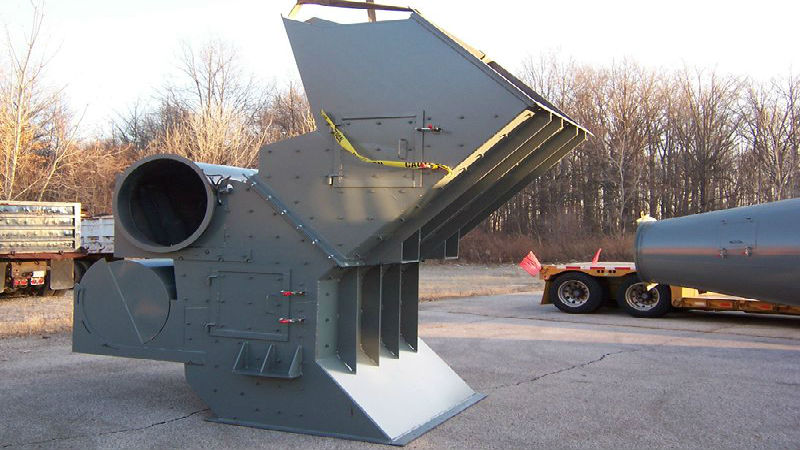Aluminum is one of the most versatile alloys used in a wide range of different applications. It is valued for its high strength to weight ratio, making it a natural choice for aerospace, automotive, HVAC system and also building and construction needs.
In addition, aluminum is corrosion resistant, which means it can be used in a wide range of applications from marine construction to trailers and even in electronic components. It is also a lower cost option than many other types of similar alloys, which makes it an ideal choice for OEMs and fabricators.
Options in Preparing Aluminum Parts
Extrusion is one common option for forming aluminum parts. However, this involves heating the aluminum to a semi-liquid point and then forcing the liquid through a die under pressure. This process of heating and cooling can alter the properties of the aluminum, requiring further processes.
A better option for even complex parts is to use aluminum sheet metal fabrication in a stamping process. This cold process works the aluminum, eliminating the possible issues with heating and cooling.
The Stamping Process
With this type of aluminum sheet, metal fabrication parts can be formed with precision through a die and press system. Engineers can develop specific dies to maximize the use of all available aluminum sheet and reducing waste.
Additionally, with this option, aluminum sheet metal fabrication can be followed by a range of different value-added services. The formed parts and components can be welded, riveted, taped or even have hardware inserted into the part so it arrives at your facility without the need for additional work before they can be installed.
Aluminum stamping is ideal for a low-cost, highly efficient way to produce small orders or large, ongoing production runs. With reduced waste and higher efficiency, this is the fabrication choice for many OEMs.








